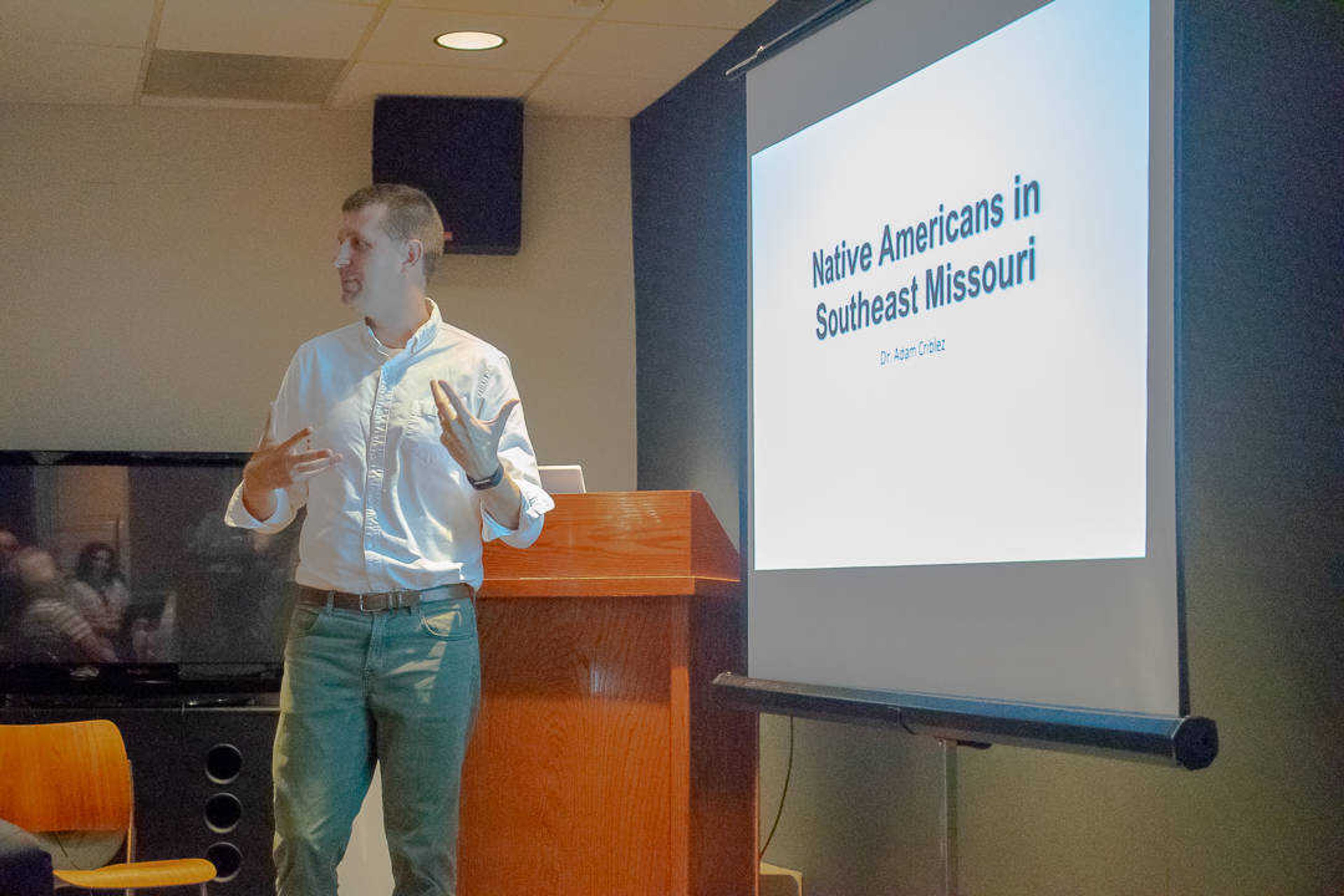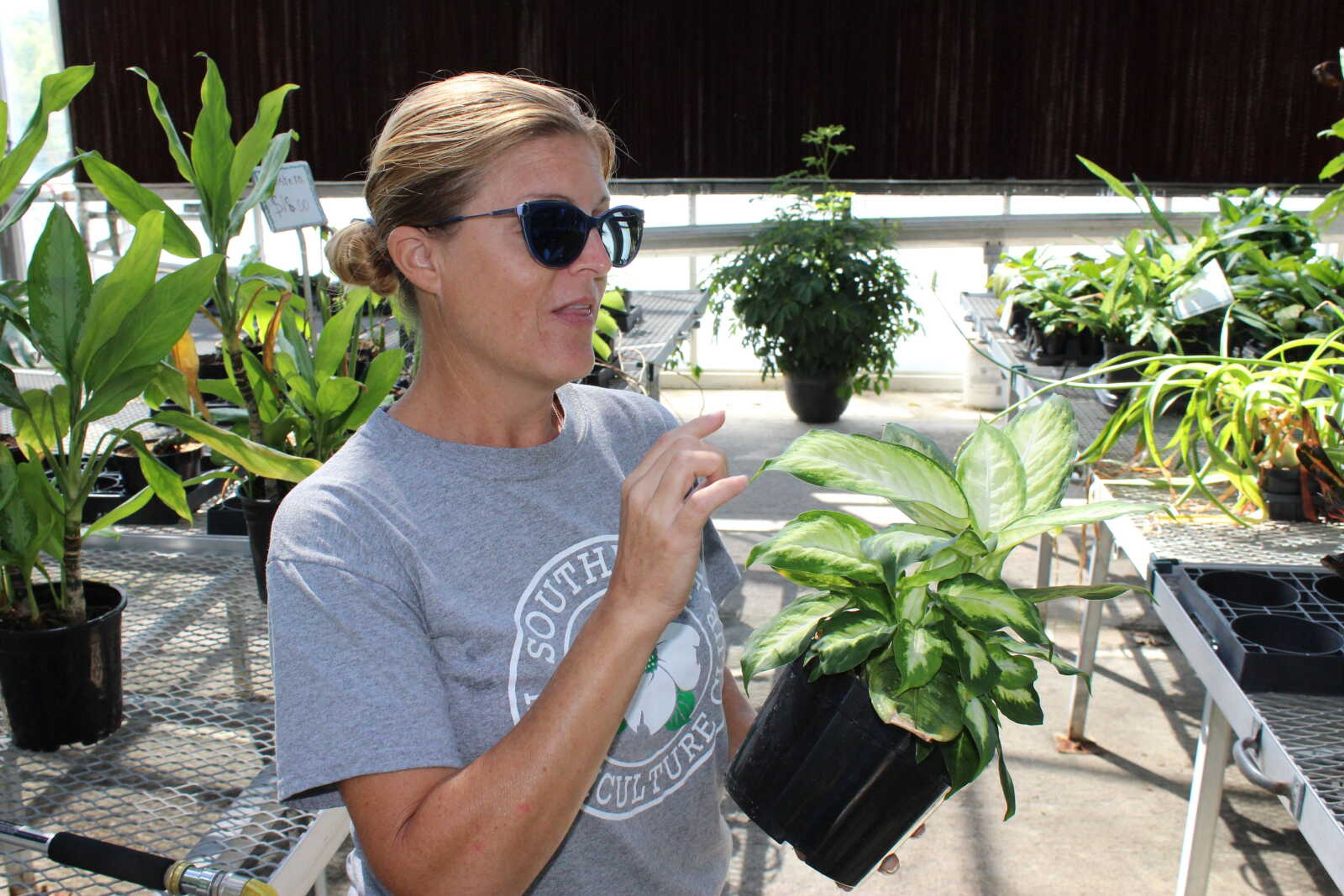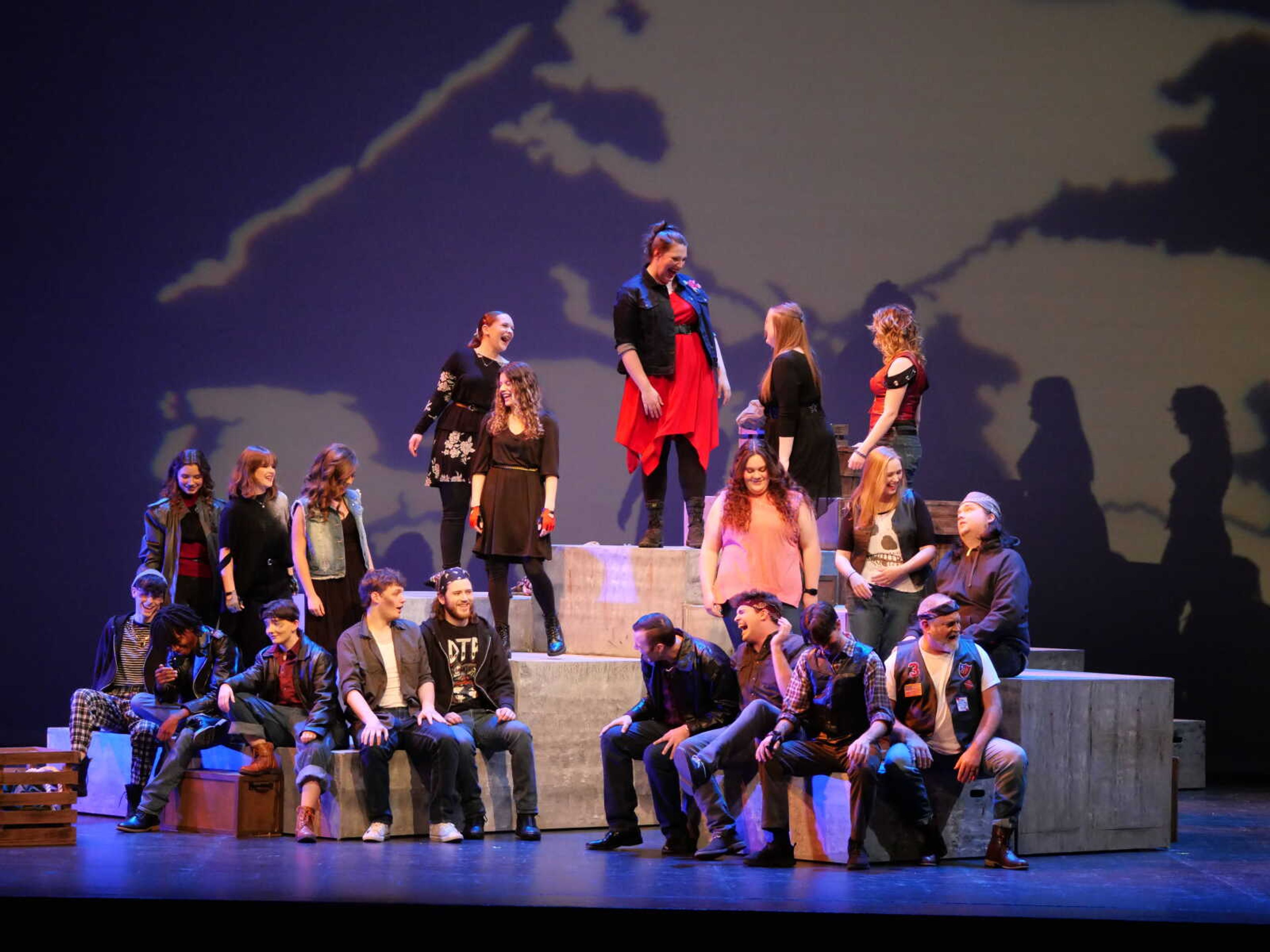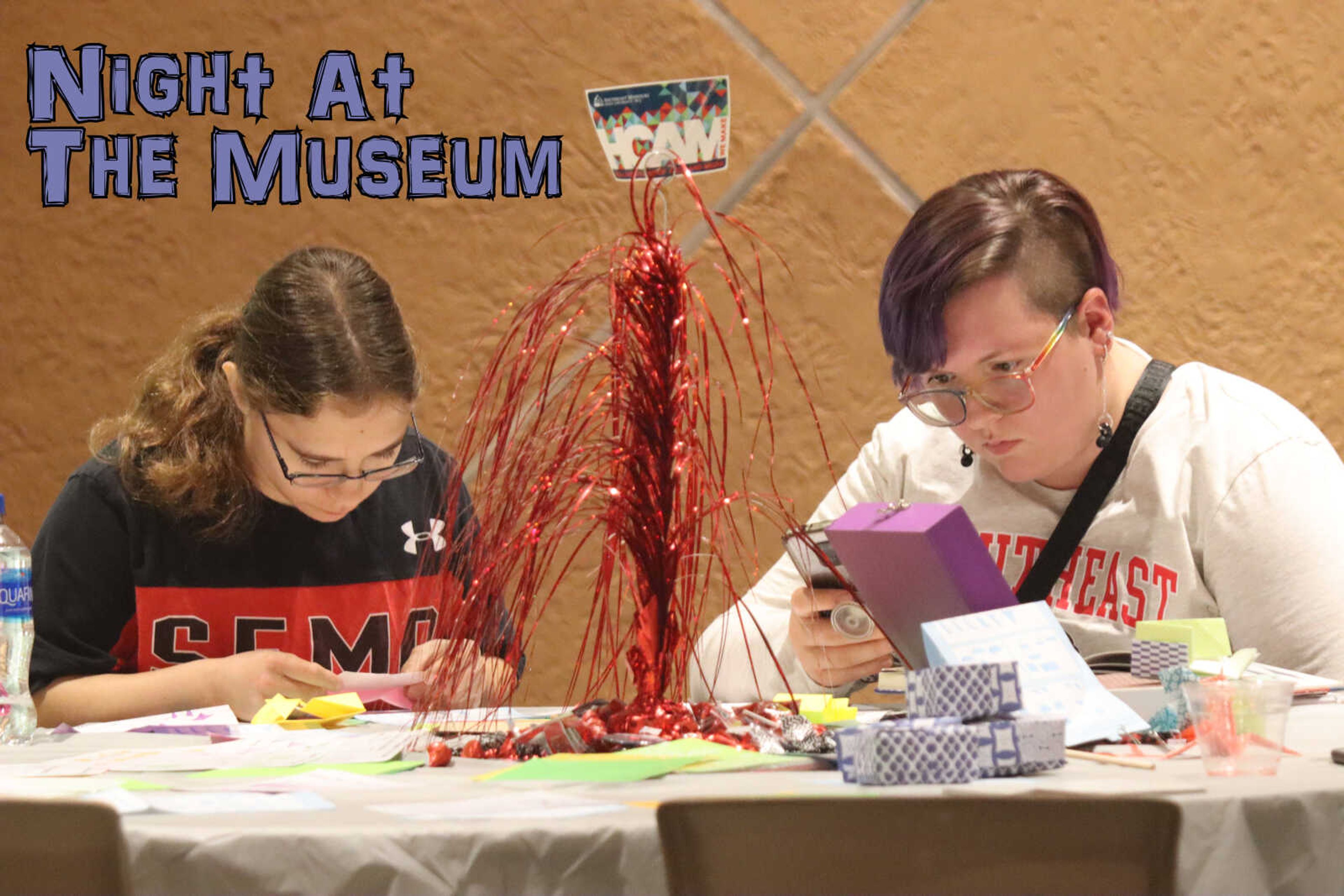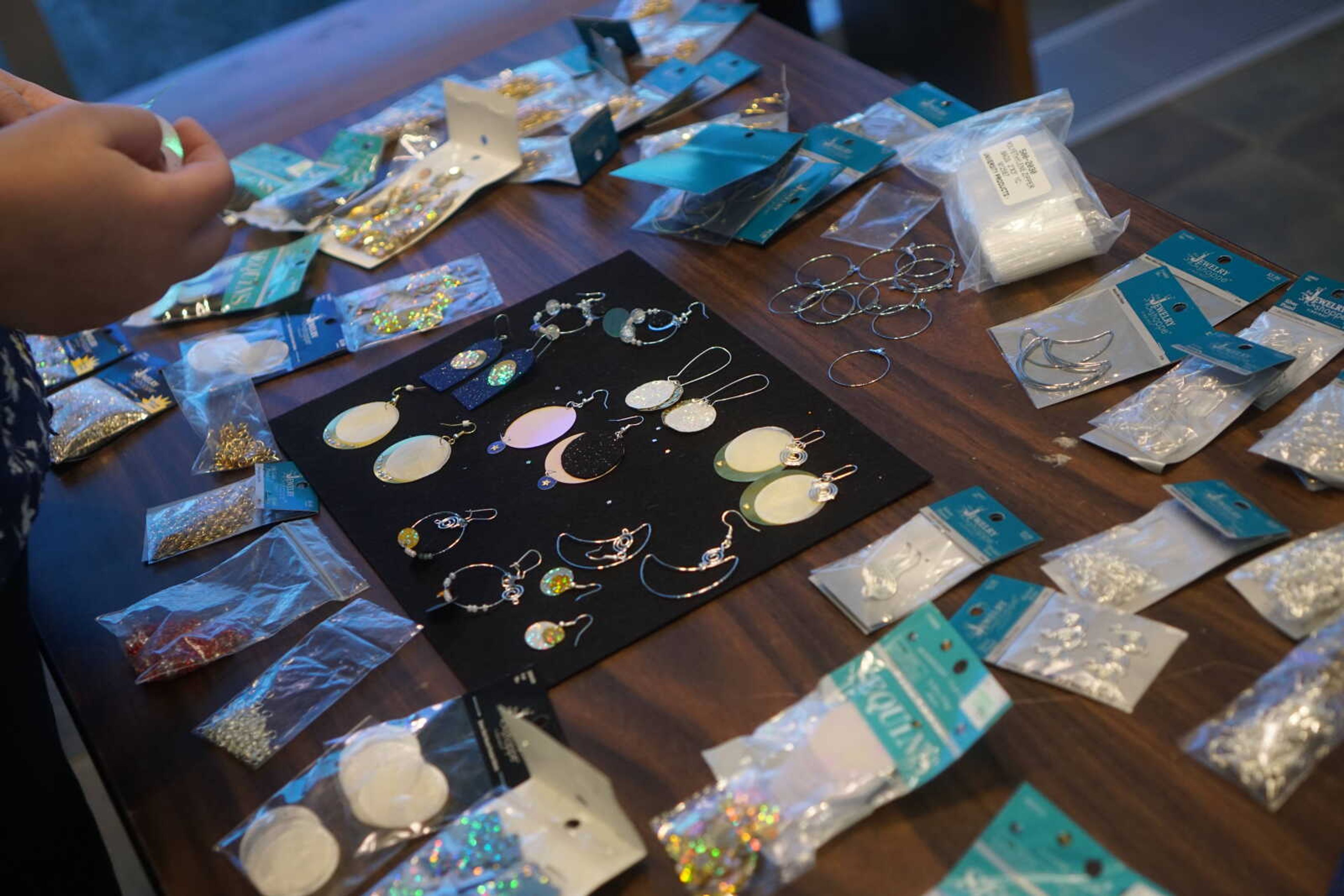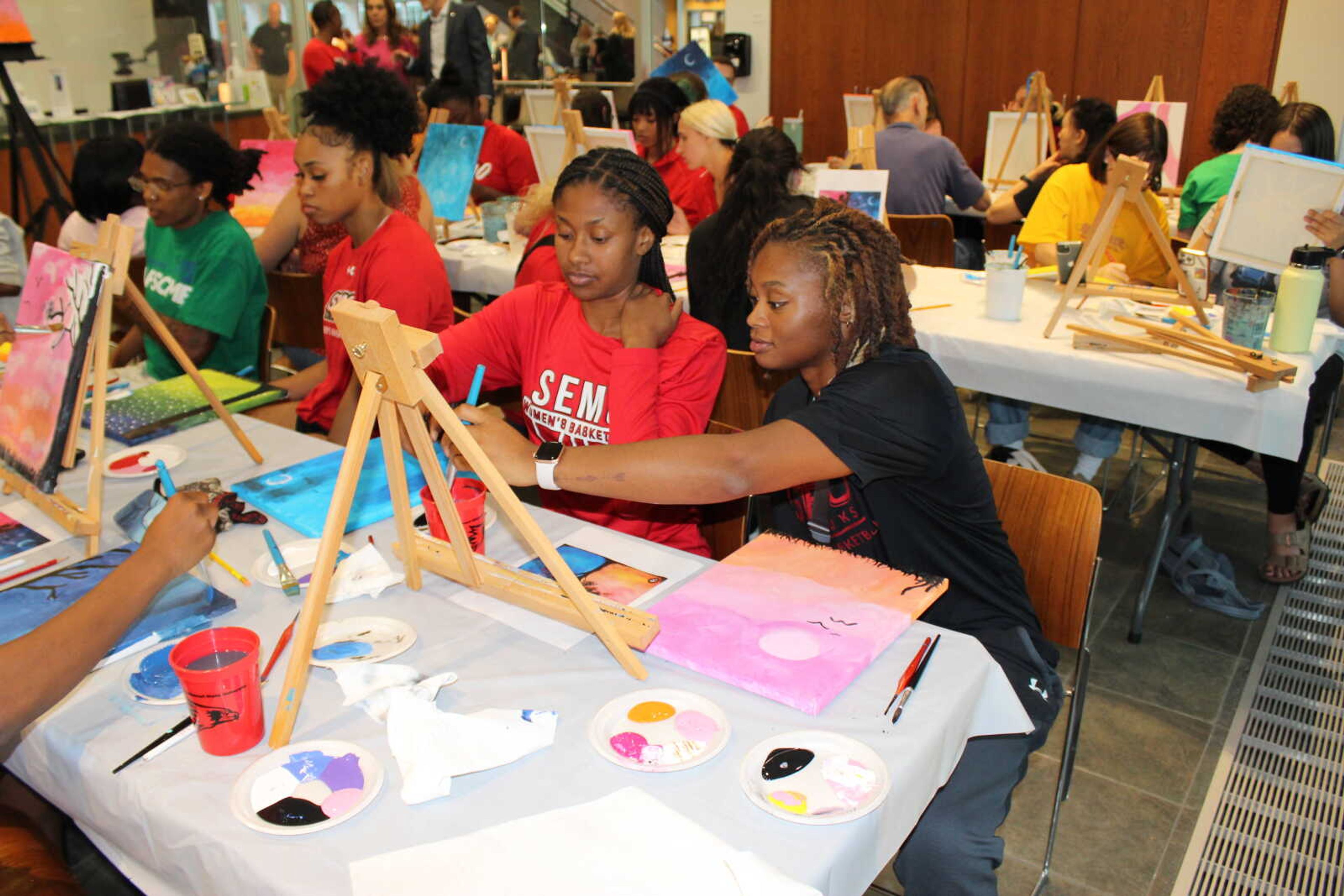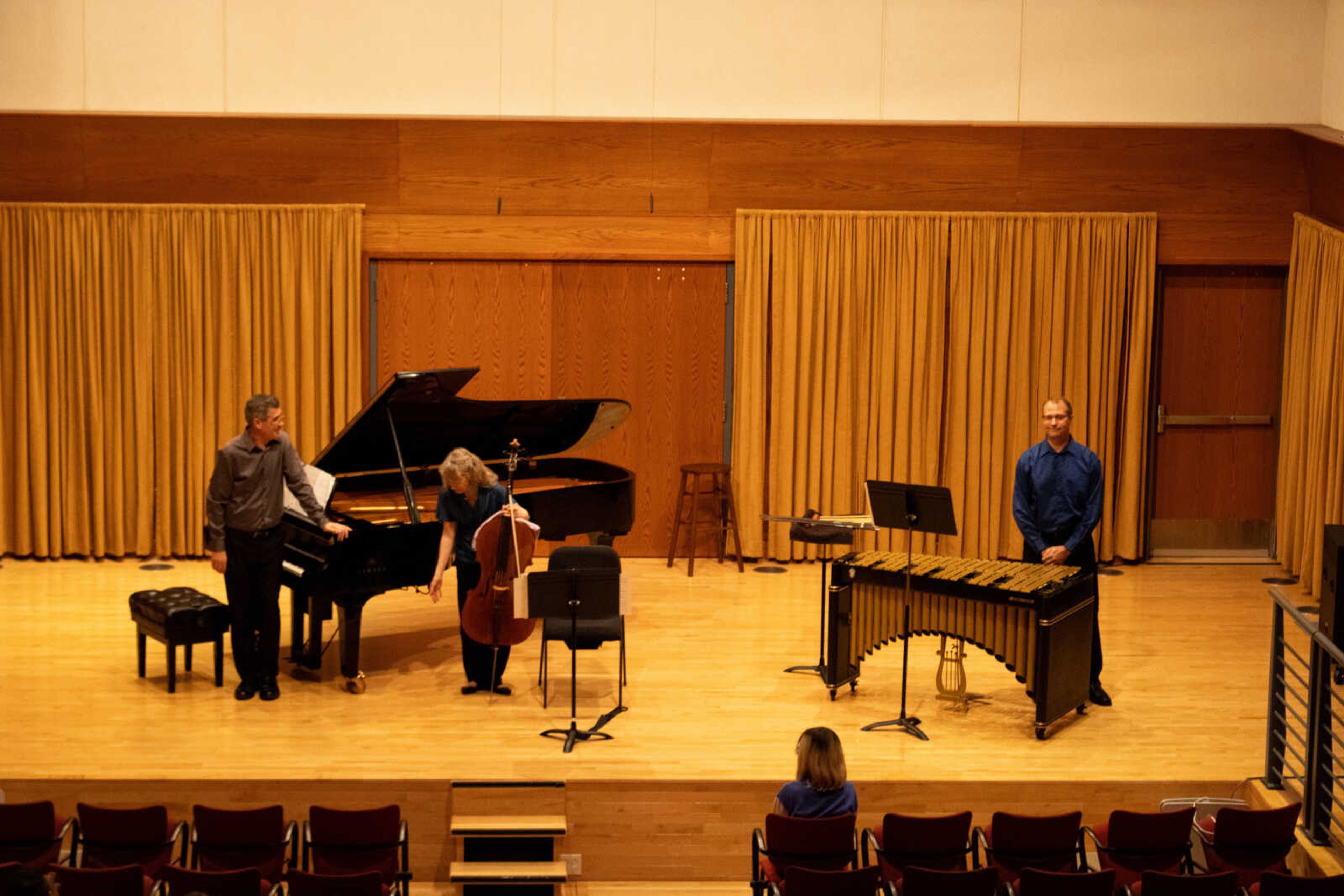The Rosemary Berkel and Harry L. Crisp II Museum at Southeast Missouri State University’s River Campus presented its weekly lecture series “Historic Tuesday Talk” on Sept. 3.
Director of the Bollinger Center for Regional History and Cultural Heritage Adam Criblez explored Native American culture and history in the Southeast Missouri region as a part of Crisp Museum’s Archaeology Month.
The center actively works on preserving and documenting local history. Staff members help provide assistance to other museums, historical societies, schools, and city, county, state and national agencies.
Criblez, who has a Master of Arts in history from Kent State University and a doctorate in history from Purdue University, is the Author of two books and has contributed to multiple publications such as the “Journal of American History,” “Missouri Historical Review,” and “On the Move: The Encyclopedia of Immigration, Migration, and Nativism in United States History.”
The focus of the presentation was to discuss the Native American heritage and its abundant presence in Missouri.
“Each region has a unique history, and ours just happens to be rich in powerful, strong Native American history,” Criblez said. “Although it is a sensitive topic and having a conversation about it can be challenging, that is exactly why we have to talk about.”
Criblez began the talk by discussing stereotypes associated with Native Americans and how perception often differs from reality when it comes to history.
Criblez first described the Native American’s journey across the United States, and more specifically their arrival in Missouri. Most Native Americans moved to areas like Missouri because of their ability to transport through rivers, the variety of woodlands and grasslands and the wide range of wildlife.
Criblez organized his presentation into a timeline of the Indian lifestyle, one stage being the Mississippian period, where the development of pottery, property building, and the expansion of maize harvesting began.
There were many tribes that entered the Missouri region, but the Osage and Oneota were some of the original to use the state as a homeland according to Criblez.
Other tribes to enter the region were the Delaware and Shawnee. This was not the Delaware and shawnee's original home as they were uprooted from the Ohio, Pennsylvania and Illinois homeland by European settlers.
Criblez dove into The Trail of Tears, the removal of Native Americans from their homelands on foot, by horse, or on wagon, facing brutal treatment along the way to new locations designated by the Americans as “Indian Territory.”
When asked why it is important to know local history, Criblez said it gives people an idea of who they are and where they came from.
“It’s equally as important to know if you are or are not from the area because then it gives you an understanding of the people and cultures in that region,” Criblez said.
Historic Talk Tuesdays are hosted by the Crisp Museum at Southeast’s River Campus weekly at 7 p.m.
